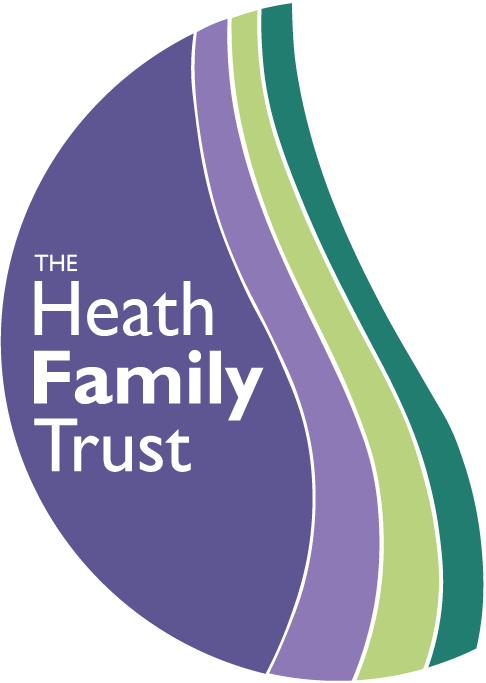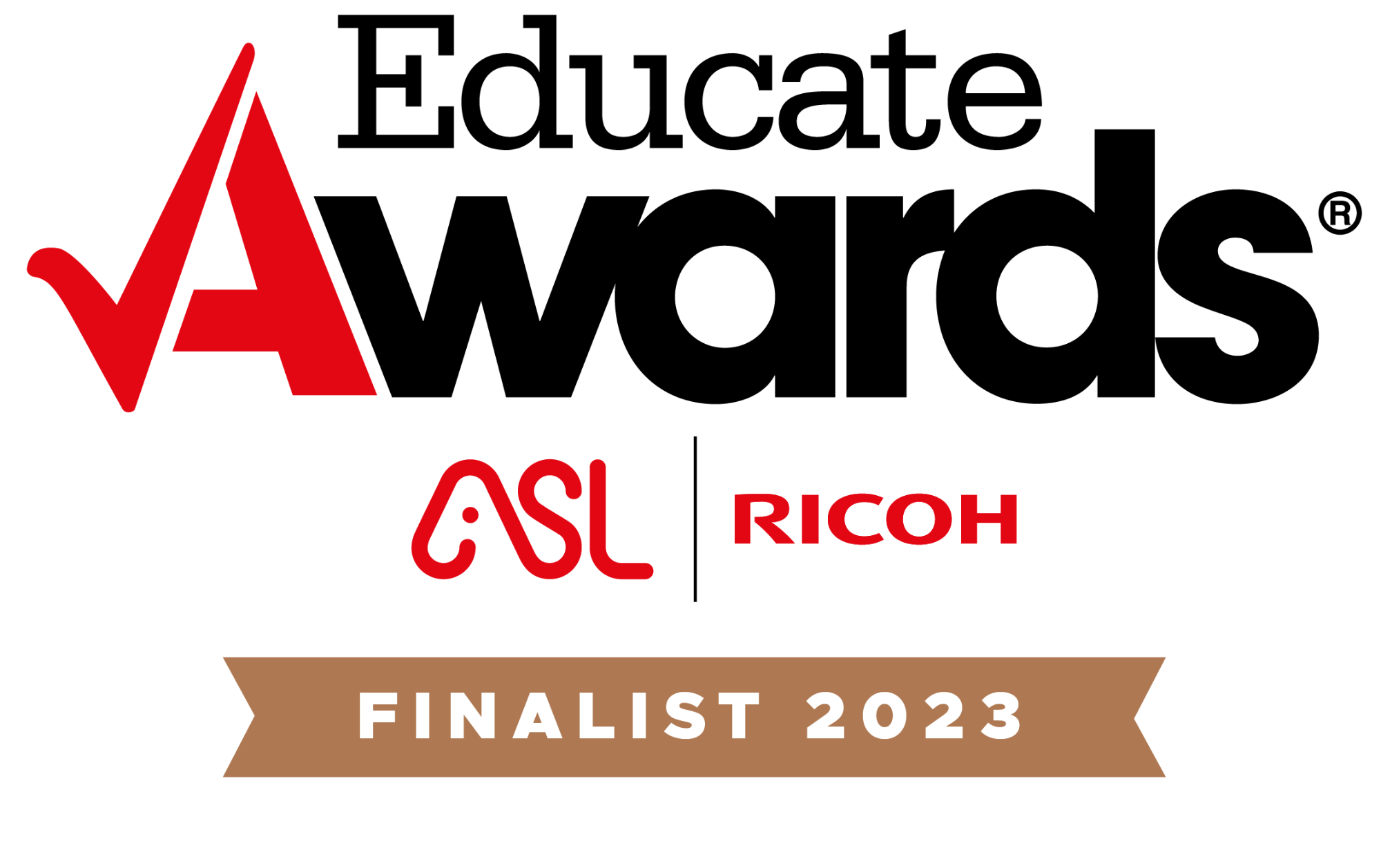English
English is a thriving and lively area at Litherland High School where we strive to ensure that students enjoy our subject and make progress in all lessons. We pride ourselves on the strong relationships that we adopt with students, and our commitment to continually improve our standards of teaching and learning.
Primarily, our main priority is to nurture a love of our shared language, its heritage and its literature. We aim to explore the nature of the society and the world in which we live, through novels, poetry, plays and non-fiction material in our newly revised schemes of learning. English is the heart of everything we do in life; we use its written and spoken forms in order to present ourselves in the world outside school, and to achieve academically.
Another significant focus is to inspire our students to foster a love for reading, both reading for learning and pleasure. Students are encouraged to visit our school Library, and the small ‘Book Nook’ in our English area.
Key Stage Three
Our curriculum is enriched by a conceptual framework that enables deeper exploration and appreciation of texts across the key stages. This allows all pupils an opportunity to explore rich, abstract ideas.
The curriculum has three ‘big concepts’ – ‘Societal Inequalities’, ‘Power, Morality and Human Behaviour’ and ‘The Representation of Women’ which are explored throughout the Key Stages.
In Year 7, students read ‘Ghost Boys’ by Jewell Parker Rhodes, a poignant and gripping story about a black boy killed by a white police officer, drawing connections with real-life history. Students will explore how children and families face the complexities of race in today's world. This concept is visited in Year 8, when student read ‘Of Mice and Men’ by American novelist John Steinbeck. Set in a time in America where inequity formed a prevalent part of society, they explore the sense of injustice that pervades the novella: inequality, sexism and racism. Through investigating the weak and the prejudiced, students can see how discrimination can destroy lives. By Year 9, the concept is further developed in the reading of ‘Noughts and Crosses’ by Malorie Blackman- a portrayal of reversed racism. Students will discuss why the use of language matters, not only in how we see ourselves, but how we view other people.
The concept of ‘Power, Morality and Human Behaviour’ is first introduced in Year 7 through the reading of Robert Swindells’ ‘Stone Cold’ where the antagonist Shelter uses his power to prey upon the vulnerable, homeless. Students will discuss human nature and killer instincts, and how appearance can be deceiving. This concept is further explored in Year 8 through Dystopian Fiction where students read a selection of fiction where human behaviour is open to manipulation and suppression through moral, or totalitarian control. In ‘I am Malala’ students discuss the importance of bravery, intelligence, and drive, in addition to the obvious sense of right and wrong. By Year 9, students explore The Irrational Human Animal in ‘A View from a Bridge’ when Eddie loses control of his actions in the play. Driven and possessed by incestuous love for his niece, Eddie resorts to desperate measures to protect his identity and name in the community. This American play represents a world in which legal, moral, ethical, and social issues are in conflict with one another.
The Representation of Women is first introduced to Year 7 in their transition unit through the study of the Victorian female author Mary Shelley. In Term 3, this is reiterated through Helen and Julia Stoner in ‘Speckled Band’, as the silent victims. Mary Maloney in ‘Lamb to the Slaughter’ reverts this stereotype as the murder in Dahl’s short story. The study of the female characters in Shakespeare’s ‘A Midsummer Night’s Dream’ explores the stereotypical notion of how women were treated. In Year 8, students study the power-hungry, calculating, and often the embodiment of everything a woman 'shouldn't' be- Lady Macbeth. In Year 9, through the study of twisted fairy tales, students create a character that juxtaposes the conventional ‘feminine stereotypes’ and further study the representation of the female through Miss. Havisham in Victorian Voices
These units bring together the skills of speaking, reading and writing in engaging ways. Reading is developed through texts of increasing complexity and challenge with students being encouraged to become critical and analytical readers of meaning. Students are inspired to write in many different forms and, while creativity is key, they are always aware of audience, purpose and form in the texts types they encounter.
Key Stage Four
At Key Stage Four, students follow a 2-year programme following the Eduqas English Language and Literature syllabus. We aim to ensure all students meet or exceed expected targets.
English Literature
Component 1 – 40% - Shakespeare and Poetry: Written paper 2 hours
Section A: (20%) Shakespeare – Romeo and Juliet
One extract question and one essay question based on the prescribed text.
Section B: (20%) Poetry from 1789 to the present day.
Two questions based on poems from the WJEC Eduqas Poetry Anthology, one of which involves comparison.
Component 2 - 60% - Post 1914 Prose/Drama, 19th Century Prose and Unseen Poetry: Written paper 2 hours 30 minutes
Section A: (20%) Post 1914 Prose/Drama: ‘An Inspector Calls’ – one source-based question.
Section B: (20%) 19th Century Prose: ‘A Christmas Carol
One source-based question.
Section C: (20%) Unseen Poetry from 20th/21st Century – Two questions on unseen poems, one is a comparison.
English Language
Component 1: 20th Century Literature Reading Study and Cretive Prose Writing 40% (1 hour 45 mins)
Section A (20%) – Reading (40 marks)
This section will test through structured questions the reading of an unseen extract from one 20th century literary prose text (about 60-100 lines). This section assesses AO1, AO2 and AO4.
Section B (20%) – Prose Writing (40 marks)
This section will test creative prose writing through one 40-mark task. Candidates will be offered a choice of four titles giving opportunities for writing to describe and narrate, and imaginative and creative use of language. This response should be a narrative / recount. This section assesses AO5 and AO6.
Component 2: 19th and 21st Century Non-Fiction Reading Study and Transactional/ Persuasive Writing 60% (2 hours)
Section A (30%) – Reading (40 marks)
This section will test through structured questions the reading of two high-quality unseen non-fiction texts (about 900-1200 words in total), one from the 19th century, the other from the 21st century. Non-fiction texts may include, but will not be limited to: letters, extracts from autobiographies or biographies, diaries, reports, articles and digital and multi-modal texts of various kinds from newspapers and magazines, and the internet. This section assesses AO1 (and 2), AO2, AO3 and AO4.
Section B (30%) – Writing (40 marks) This section will test transactional, persuasive and/or discursive writing through two equally weighted compulsory tasks (20 marks each). Across the two tasks candidates will be offered opportunities to write for a range of audiences and purposes, adapting style to form and to real-life contexts in, for example, letters, articles, reviews, speeches, etc. This section assesses AO5 and AO6.
Component 3: Spoken Language- unweighted
Candidates will be required to complete one formal presentation or speech. They will also be assessed on their responses to questions and feedback following the presentation or speech. Standard English should be a feature of all parts of the candidates’ work in this component. This component assesses AO7, AO8 and AO9. Achievement in Spoken Language will be reported as part of the qualification, but it will not form part of the final mark and grade



